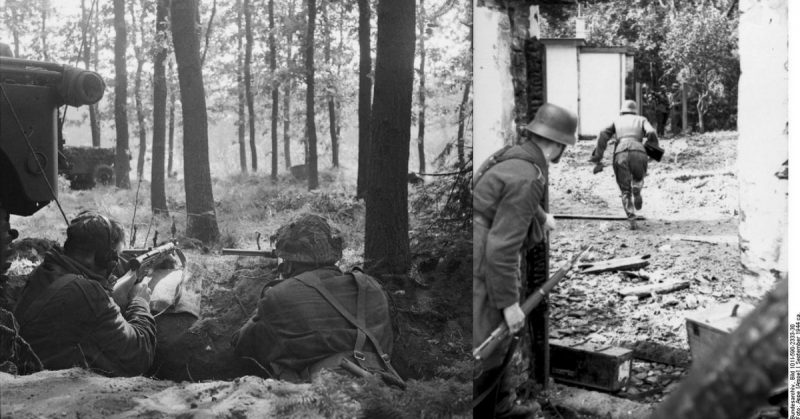In an early attempt to gain a foothold across the Rhine in 1944, the Allies launched Operation Market Garden which turned out to be what is widely recognized as a strategic failure. But don’t tell that to the men who fought side by side with one another for a week as their measure of war is often what they do for the man next to them.
In that regards, Operation Market Garden would be host to some of the most incredible acts of gallantry throughout the war as the Allies fought to hold every inch of Holland they captured. Among those acts of gallantry would be Major Robert Cain’s refusal to quit and earned a reputation as a tank killer.
When a desperate push to break through to the bridge at Arnhem failed, Major Cain would become responsible for holding near Oosterbeek, west of the bridge at Arnhem until a reinforcement or an evacuation plan could be devised. During this time, he would play a major role in a historic struggle between man versus tank and as far as he was concerned, the tank was about to take a few losses if he had anything to do with it.
An Inconspicuous Path to Greatness
Robert Cain was born in 1909 Shanghai China as his parents worked abroad. He would eventually return to the Isle of Man when he was just a child. He took his education at King William’s College and then joined the Honourable Artillery Company which was a unit of the Territorial Army in 1928. He would eventually take on a job with Shell which would see him travel throughout Asia before the war. When war broke out, he was given an emergency commission with the Royal Northumberland Fusiliers.
By 1942, he transferred to the 2nd Battalion of the South Staffordshire Regiment which was part of the 1st Airlanding Brigade. Cain would see action in Sicily in 1943 before eventually be slated to take over a Company prior to Operation Market Garden in 1944.
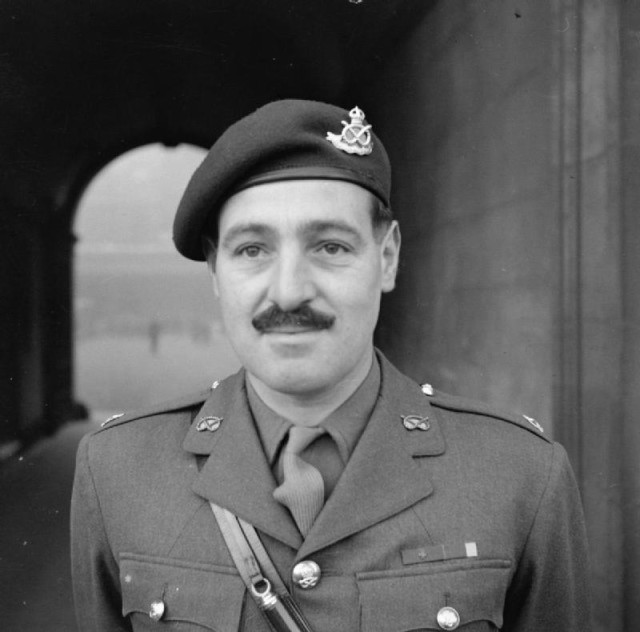
The premise behind this action was that paratroopers and gliders would take place in the largest airborne assault in history over the Netherlands to secure key bridges over the Rhine. They were to be backed up by rapidly advancing armor, but when the tanks were held up the men on the ground were now engaged in a weeklong struggle for survival.
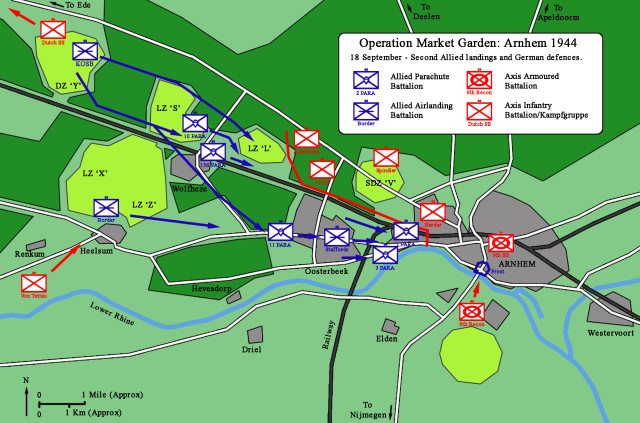
The most famed of actions would take place around the city of Arnhem and in particular a bridge which thanks to Hollywood is often referred to as, The Bridge Too Far. Major Cain would attempt to reach this bridge, but heavy German opposition backed by a hearty supply of German SS Armor would prevent it.
A Battle to the Last Man
When the attempt to break through to the bridge at Arnhem failed, the battle then became one of survival and attrition as they withdrew back around Oosterbeek. Armed with a few howitzers and a good number of PIAT anti-tanks guns, they would have very little to withstand the approaching German armor for an extended period of time.
By September 20th, the Germans were pushing a constant onslaught against the forces grouped at Oosterbeek, and it became a street by street battle for survival. Throughout the battle thus far, Major Cain could be seen all over the battlefield rallying his men and engaging the enemy at every opportunity. But it would be his abilities as a tank killer that would set him apart.
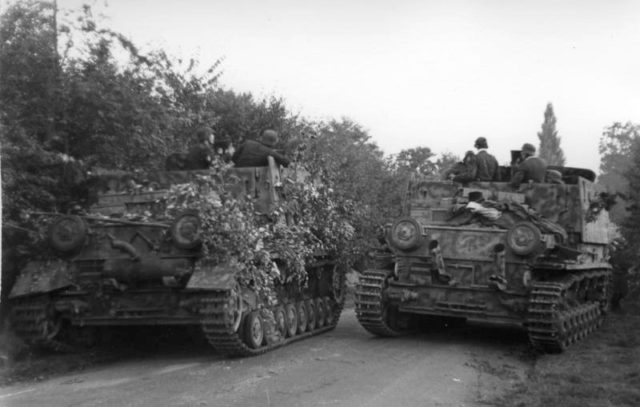
By the 21st the German armor was pushing the lines and when two tanks approached Cain’s position, this company commander took it upon himself to knock them out. Grabbing a PIAT to take out the two StuG III self-propelled guns, Cain took up a position and laid in wait until the tank was within 20 meters of his position.
Cain was receiving guidance from a fellow British soldier in a perch above, but when the tanks saw this it fired into the building killing the guide which sent brick and mortar raining down upon Cain. However, Cain began firing round after round in an attempt to disable the tank and was eventually successful.
When he attempted to take out the second tank the PIAT round exploded in his facing knocking him back and temporarily blinding him.
Cain screamed for someone to pick up the PIAT as another tank was coming before being dragged back to the aid station. After about 30 minutes, his sight returned, and he jumped back into the fight against the medical advice of the doctors. On the next day, Cain disabled and forced three additional tanks to withdraw through the use of his PIAT in action so intense it caused his eardrums to burst from the constant explosions.
Cain simply stuffed bandaged in his ears and continued to struggle forward. By the 25th, the PIAT ammunition had run out and Cain found himself with nothing more than a 2” mortar that he had to fire in a direct horizontal fashion due to the close proximity of the enemy.
Man Versus Tank
Throughout the battle, Cain could be seen at the front of the action despite the need for medical attention to himself. By the time the men were evacuated across the river on the 26th, Cain was credited with personally destroying or disabling six tanks, most of which were the dreaded German Tigers.
Seeing that his men were evacuated first, Cain was one of the last to cross the river but not before he had time to shave so as to present as a proper British officer.
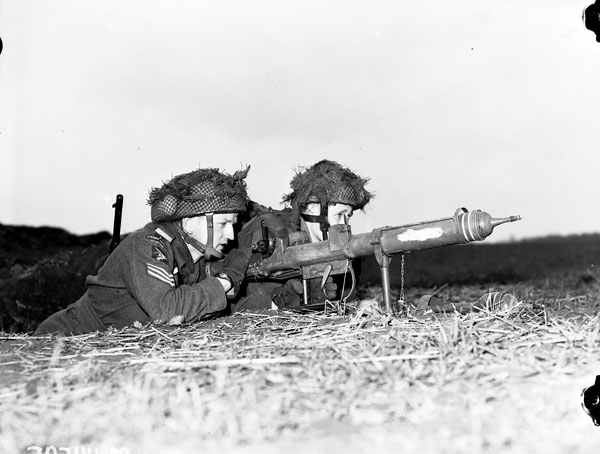
For his actions during that weeklong struggle, Major Robert Cain was awarded the Victoria Cross for inexplicable gallantry and the willingness to personally take on the tanks at every opportunity. His leadership and resolve encouraged his men to resist and inspired their spirts during their weakest moments. After the war, he left the Army but not before securing the surrender of German troops in Norway.
He returned to his job with Shell and spent a great overseas in that role throughout East Asia and West Africa before eventually returning to his home on the Isle of Man in 1965. And when he would eventually pass away in 1974, he would do so as one of the giants in the battle of man versus tank for his actions at Arnhem.
So while the battle at Arnhem would as a loss for the Allies in 1944, the six tanks that were taken out be Cain might have a different point of view.
